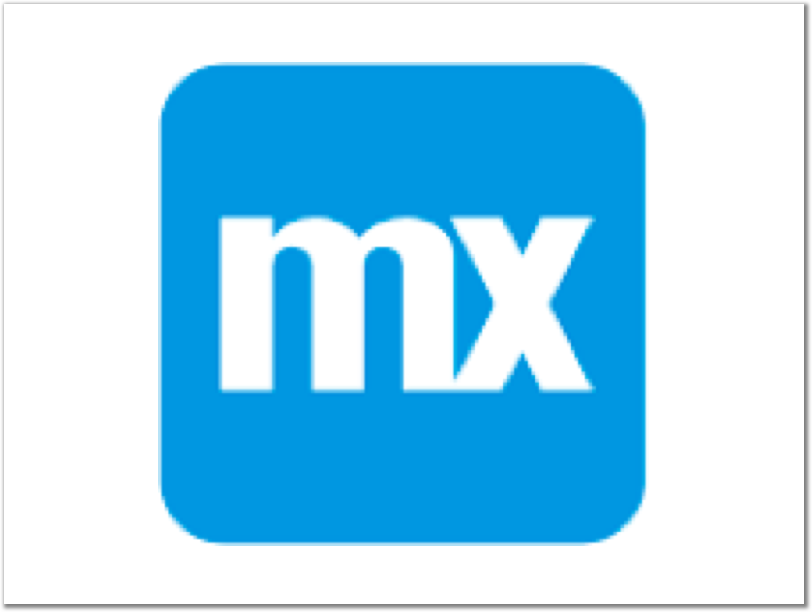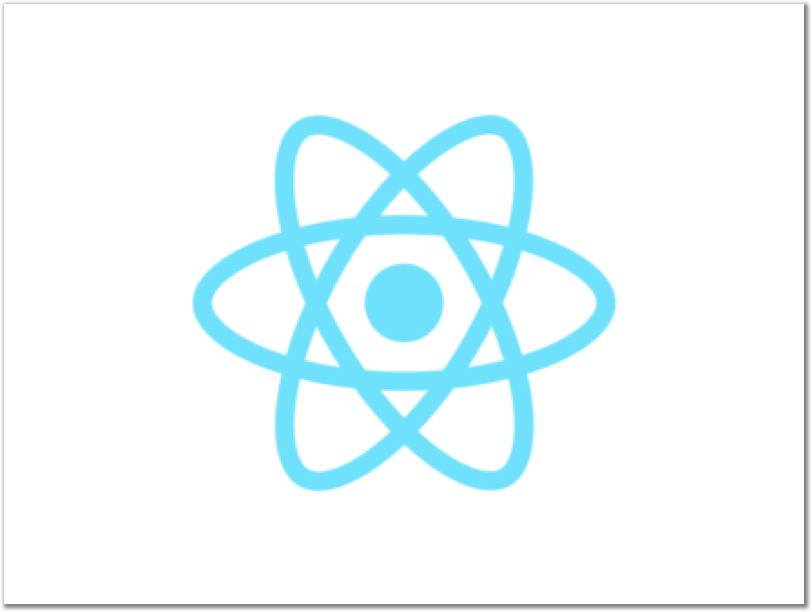What we can offer
We realize that any organization may encounter problems of choosing the wrong technology or development approach. These issues may appear tactical, but can also have wide ranging impact on the successful and continuing operations of the overall business. So before starting any project we carefully investigate your company's niche features, compare already implemented solutions and offer a stack of technologies that are most suitable for your specific situation.

For enterprises
Enterprise software has its own specific set of requirements. The architecture should be scalable, but cost-effective, safe, but user-friendly, and, above all, it should provide high-quality user services that produce results. Our high-quality engineers will help your company to build powerful enterprise software.



For tech companies
The development of high-tech solutions requires highly qualified specialists with the necessary niche work experience.
Sometimes tech companies are facing with a lack of experts on location. Our team is ready to scale your IT department and bring innovations, relying on the most relevant technologies.



For Startups
Back-end development
The back end of a website consists of a server, an application, and a database. A back-end developer builds and maintains the technology that powers those components which, together, enable the user-facing side of the website to even exist in the first place. In order to make the server, application, and database communicate with each other, back-end devs use server-side languages like PHP, Python, Java, and .Net to build an application, and tools like MySQL, Oracle, and SQL Server to find, save, or change data and serve it back to the user in front-end code.



PHP
PHP is open-source, and all features and updates are free to use. PHP is still the most common language for server-side development. Since it was designed specifically for the web, developers need less time to create websites with dynamic features.
Can be used for:
– Web applications
– CMS development
– Social networks



C# (.Net Core)
C # is a programming language that follows OOPs and is used for desktop, mobile, and enterprise applications. Due to developed infrastructure and excellent integration with the desktop infrastructure, Azure allows you to run highly loaded applications in a short time.
Can be used for:
– Web services and applications.
– Mobile applications
– Any Windows program.



Node.js
A relatively young technology that is gaining popularity recently. This allows achieving high performance without the use of multithreading. Having a single language on the stack breaks down communication barriers in a team and makes software easier to maintain.
Can be used for:
– Developing programs for OS.
– API formation
– Web and mobile applications.



Java
Java is fast, highly protected, and reliable. Despite the growing popularity of Go and Python, Java has remained at the top of the list for more than a decade. And it’s everywhere – from laptops to data centers, from game consoles to supercomputers used for scientific research, etc.
Can be used for:
– Android applications
– Software products
– POS, Financial programs.
Front-end development
The front end of a website is the part that users interact with. Everything that you see when you're navigating around the Internet, from fonts and colours to dropdown menus and sliders, is a combo of HTML, CSS, and JavaScript being controlled by your computer's browser. Front-end developers are responsible for a website's user-facing code and the architecture of its immersive user experiences. What is more, front-end devs need to be familiar with frameworks like Bootstrap, Foundation, ReactJS, AngularJS, and VueJS, which ensure great-looking content no matter the device, and libraries like jQuery, which package code into a more useful, time-saving form.



Angular
Angular is a JavaScript framework. The library helps to create web applications that should be load only once. This technology has a fairly low entry threshold, so it often becomes the next and quite logical step after learning JS. Creating applications on Angular JS is very perspective and continues to gain popularity.
Can be used for:
– Web applications
– Large projects with a rigid structure.
– Hybrid and SPA applications.



React
React – is a JavaScript library, which is great for creating huge web applications where data can change on a regular basis. There is a lot that can be done on React js – both large projects with a complex structure, and something modest. React is popular within startups – since with this tool it is easier to get paid back than with Angular.
Can be used for:
– Web services development.
– Mobile applications
– Development of landing pages.



VUE
Vue is a JavaScript framework that was launched in 2013. Vue.js is an open-source model–view–viewmodel front end JavaScript framework for building user interfaces and single-page applications. Easily integrates into projects using other JavaScript libraries.
Can be used for:
– Small projects that need to add a little reactivity.
– Large projects – it’s easy to scale.
– Creating a frontend blog on popular CMS.



Mendix
Mendix is the low-code application development platform that allows you to go live sooner and get to success faster. The Mendix Platform is designed to accelerate enterprise app delivery across your entire application development lifecycle, from ideation to deployment and operations.
Can be used for:
– Mobile applications
– Enterprise application
– POS, Financial programs.
Mobile development
Mobile development is one of the most intriguing parts of software development because it presents a unique opportunity for a development team to build a usable and meaningful app in a relatively short period of time. The development process includes creating software bundles, implementing backend services, and testing the application on target devices.



Kotlin
Kotlin supports both object-oriented and procedural programming. 00% Java compatible. Java methods can be called from Kotlin. Kotlin programs are written in the main function, which passes an array of command line arguments. In addition, developers can work with any familiar set of tools.
Used for:
– Android-based mobile applications



Swift
Swift is a programming language developed by Apple. Ideal for developing Apple ecosystem programs. Swift allows writing applications for desktop, mobile applications, servers. He has a Playground environment where you can see the result of programming on the fly.
Used for:
– IOS-based Mobile applications



React Native
React Native is an open source framework used for cross-platform development of mobile applications. ReactNative has the same economical appeal as hybrid apps. Developers can build one app, then tailor it to cover multiple devices with only minor changes.
Used for:
– Cross-platform development



Flutter
Flutter is a framework for creating mobile applications from Google. Flutter is suitable for creating applications used on mobile, desktop and web platforms. It allows to compile the created project for 3 operating systems: Android, iOS, Fuchsia.
Used for:
– Cross platform development
Need something specific?
Let's discuss your next project
Start your project with us or take an existing one to the next level
Call us : +91 9890220264
Let's Started